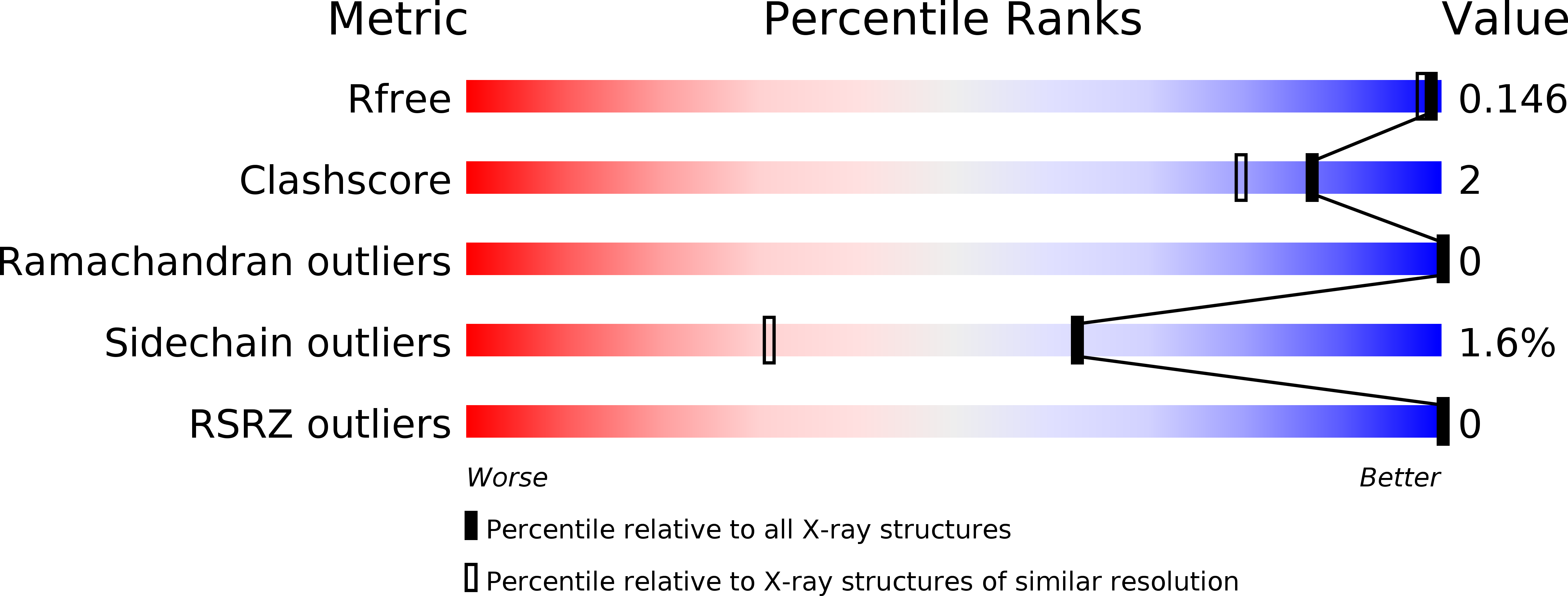
Deposition Date
2018-11-05
Release Date
2019-09-18
Last Version Date
2024-05-01
Entry Detail
PDB ID:
6I3D
Keywords:
Title:
Crystal structure of Human soluble catechol O-methyltransferase in complex with 3,5-dinitrocatechol and Sinefungin
Biological Source:
Source Organism:
Homo sapiens (Taxon ID: 9606)
Host Organism:
Method Details:
Experimental Method:
Resolution:
1.45 Å
R-Value Free:
0.14
R-Value Work:
0.11
R-Value Observed:
0.12
Space Group:
P 1 21 1


